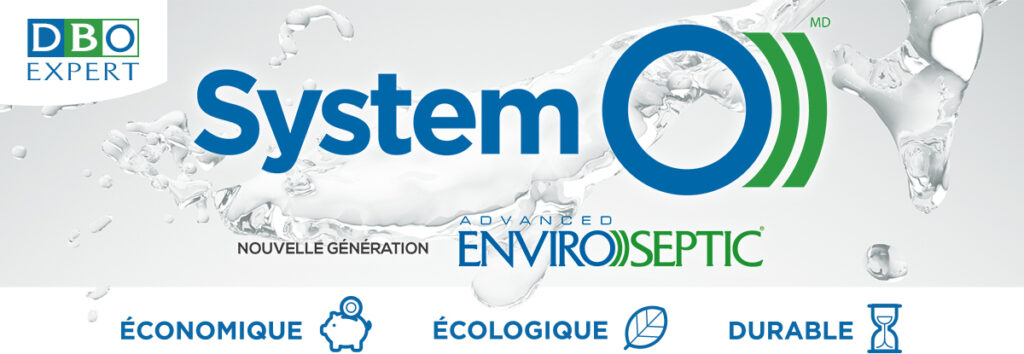In the field of wastewater treatment or autonomous wastewater treatment—i.e. buildings not connected to a municipal sewage system—very specific terms are used.
For someone who will only once in their lifetime choose a wastewater treatment technology—commonly called a septic system or installation—these terms can be confusing.

Wastewater treatment, why?
In principle, nature cleans wastewater. However, over 80% of human-generated wastewater is discharged into rivers and oceans without any treatment, far exceeding nature’s natural capacity for treatment. This has harmful consequences on the environment and biodiversity, but it is even worse when it comes to our sources of drinking water—sources that are threatened around the world. Contamination of our drinking water sources can be fatal.
Therefore, we must dispose of our wastewater using methods that do not harm nature, our health, and future generations. Provisions for treatment depend on several factors, include different elements, and play several roles.
The treatment train
Treatment trains are often designated as primary, secondary, or tertiary. The primary treatment, also called pretreatment, mainly consists of settling solids and separating fats carried out in a tank called a septic tank or pre-tank. In most cases, this tank is then followed by a disposal field—what is referred to as a tile field or leaching field—which allows the wastewater to infiltrate into the natural soil. The treatment of the wastewater is then processed by the soil as a result of its permeability (i.e. ability to allow water to pass through it).
In some situations, additional treatment is required to more significantly reduce the amount of polluted water BEFORE it is infiltrated into the soil. Depending on the province, this is referred to as advanced treatment, secondary treatment, or advanced secondary treatment. This treatment technology is generally preceded by primary treatment and should be followed by a polishing field, unless it is integrated such as with System O)). A polishing field is similar to a disposal field; its role is to distribute treated water onto a seepage surface with soil capable of processing it.
In more demanding contexts, additional treatment (often referred to as tertiary treatment) may be required. This applies when specific additional parameters of the wastewater have to be mitigated.
For example, tertiary treatment such as disinfection of fecal coliforms (such as E. coli) may be required when soil permeability is insufficient, causing the treated water to be discharged to the soil surface, such as with a drainage ditch. Since natural soil normally manages disinfection through natural filtration, this process must be reproduced artificially. Therefore, in such case, the primary treatment (septic tank) is followed by a secondary treatment component, and then another treatment component that removes fecal coliforms, such as a UV lamp.
Another example of widespread tertiary treatment is phosphorous removal (phosphate removal), which is mainly required near rivers when the river ends in a lake or large body of water. This is a key treatment to maintain a healthy ecosystem. Phosphorus is partly responsible for the eutrophication of lakes, i.e. it causes premature aging, which greatly affects biodiversity through the extinction of many animal species. To manage this, following the primary and secondary treatments, a phosphorous removal unit is added.
System O)) solutions
In combination with a standard septic tank, the various System O)) solutions can perform all the required types of treatment and are perfectly adapted to all soil types. They establish an environment conducive to controlling the proliferation of biomass which feeds on pollutants that are naturally found in domestic wastewater, i.e. water from toilets, sinks, showers, dishwashers, and washing machines.
Contact us if you have any questions! Our team of experts is always available to answer your questions.






